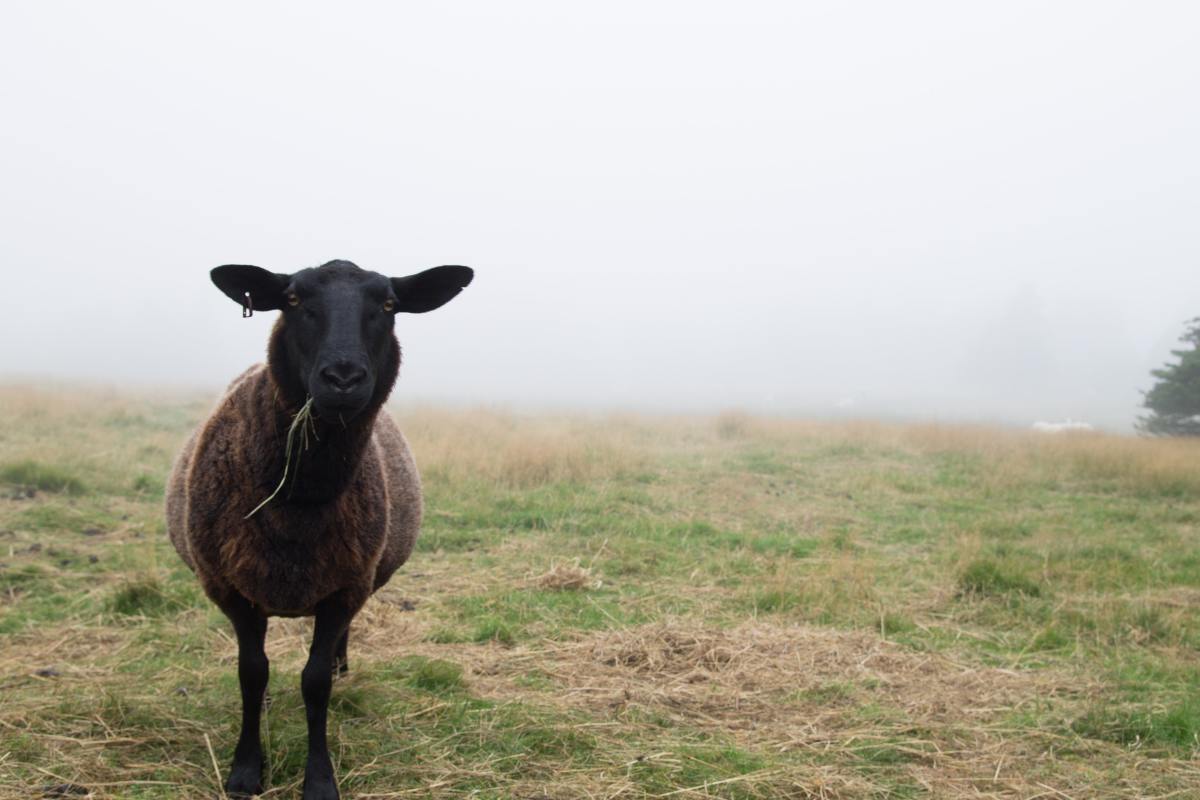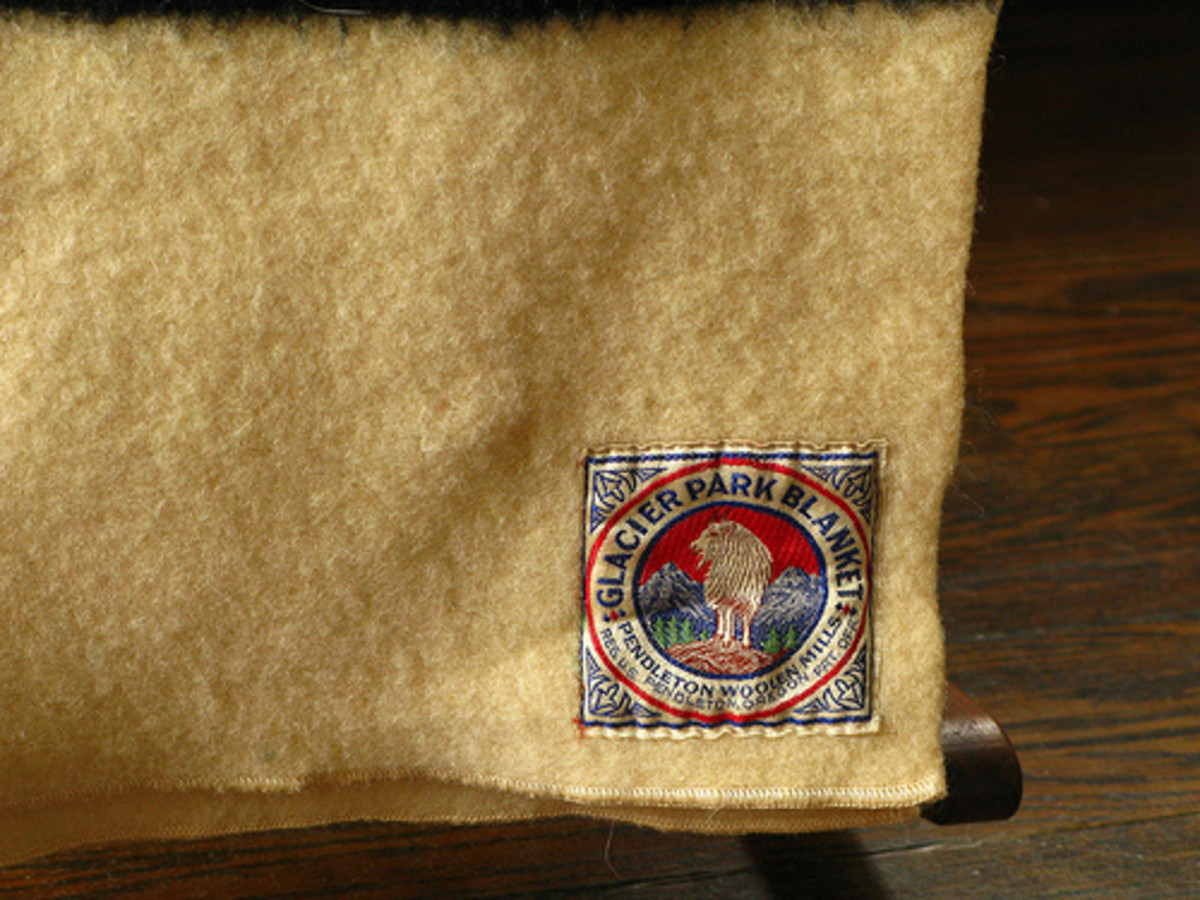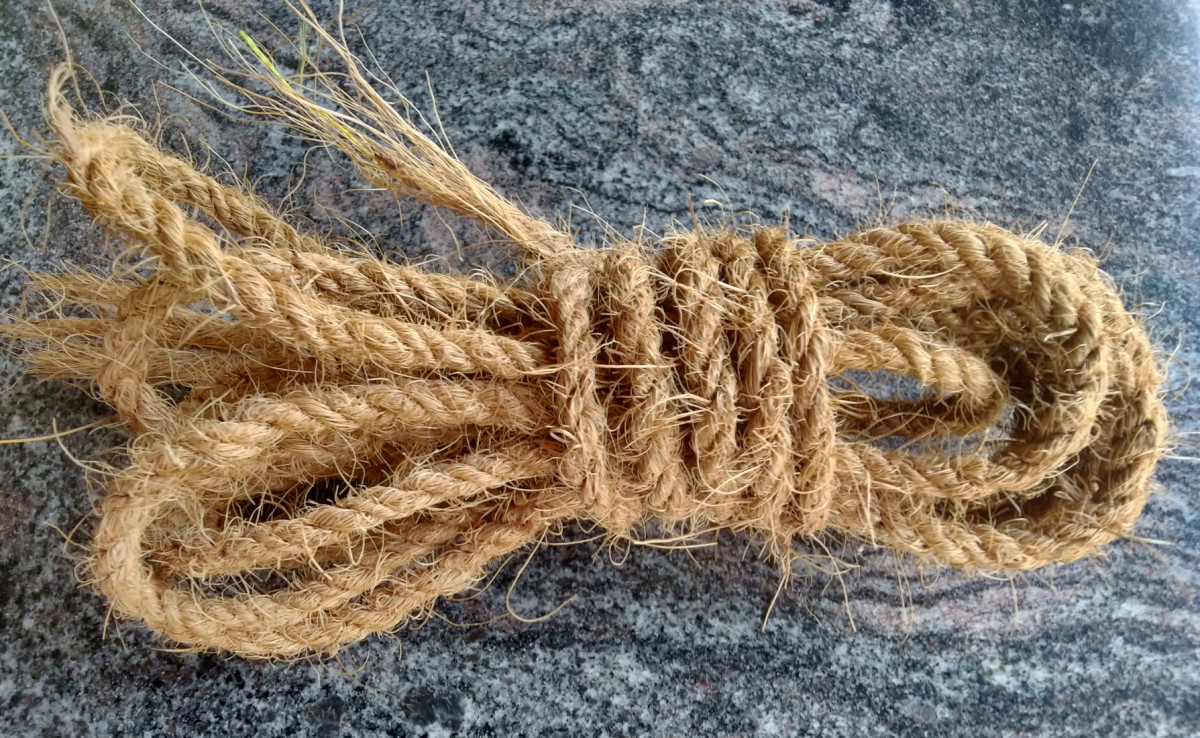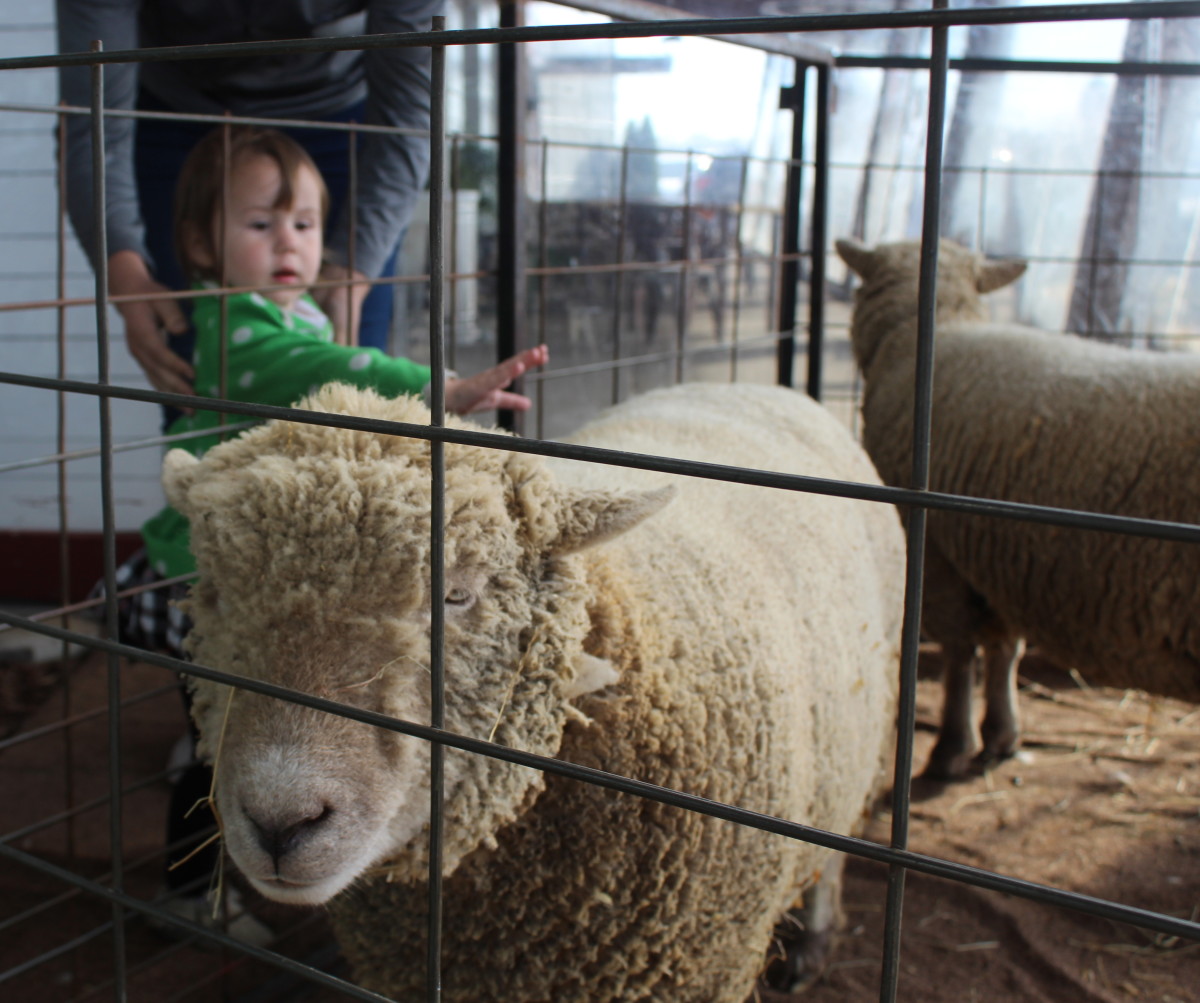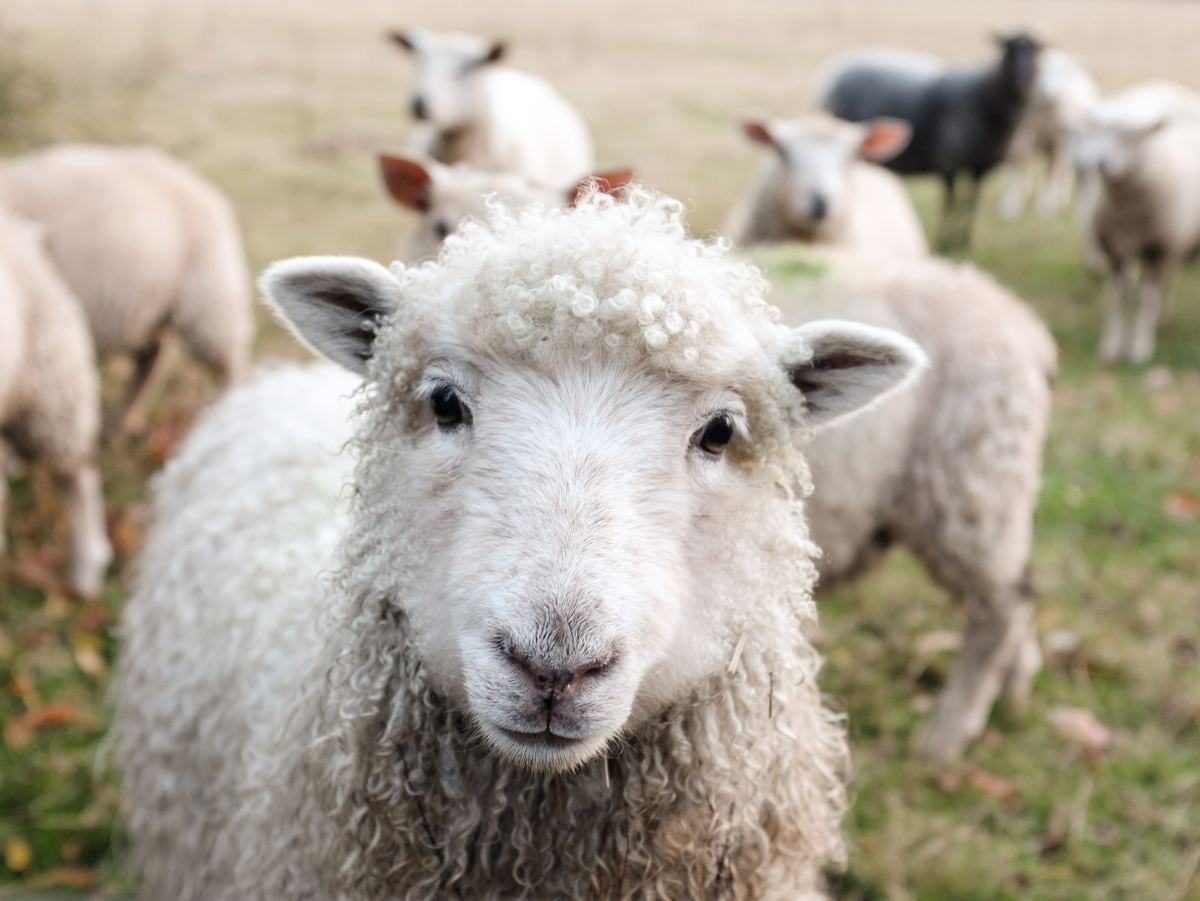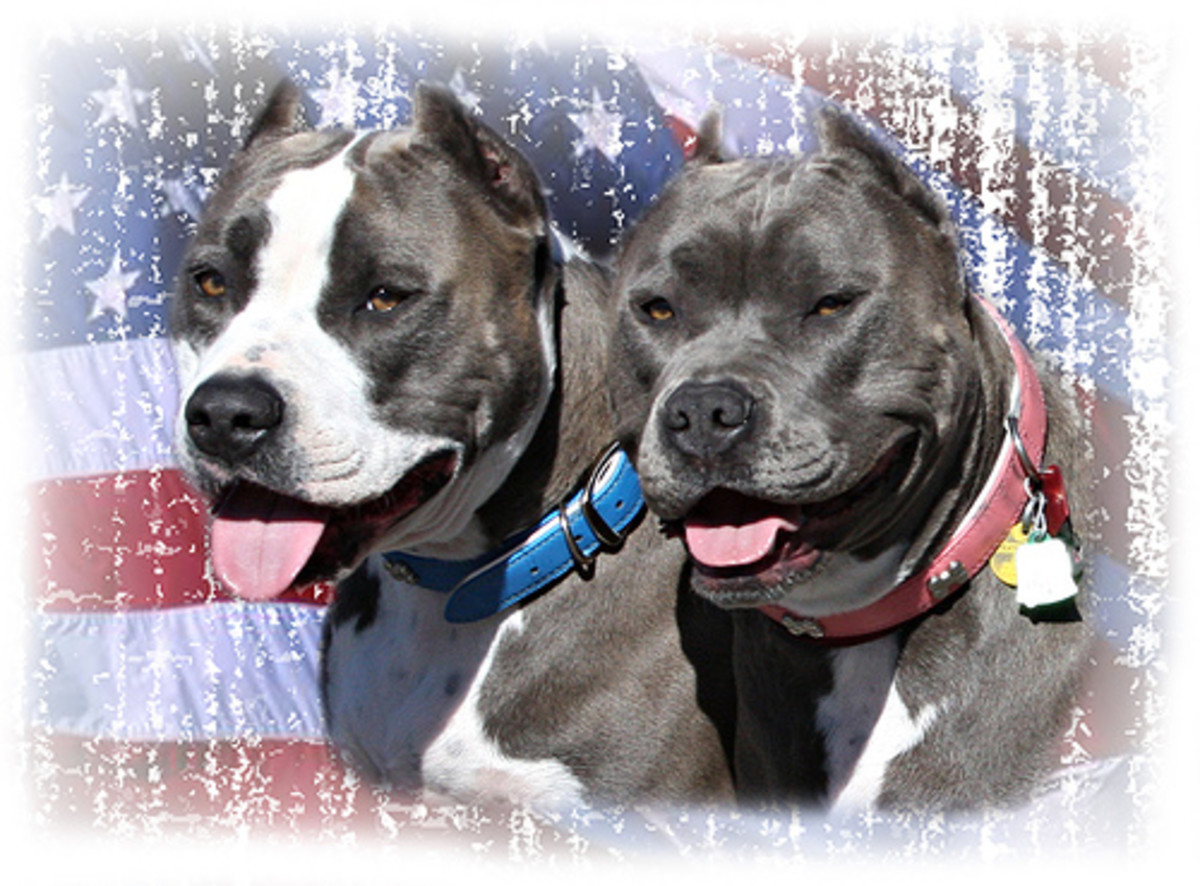Veganism: What's Wrong with Wool?
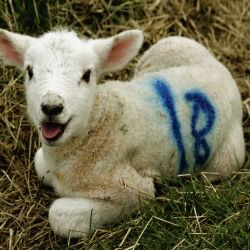
The Industry Pulls the Wool Over Our Eyes
Although wool is portrayed as being a wholesome, natural material, its production entails cruel and inhumane practices in which sheep are horribly mistreated. The wool industry, like others that rely on the exploitation of animals, seeks to maximize profits and is willing to sacrifice the animals' well-being in that endeavor.
As examples of how the wool industry puts profit ahead of the humane treatment of sheep, the tails of lambs are docked - removed with a knife - in order to increase the amount of profitable wool produced by the sheep. This is done without anesthesia, as is the castration of male sheep, which is achieved using a rubber ring to slowly cut off the blood supply to the testicles.
While I'm not a fan of shocking people with gory details, I do believe it's important for us as consumers to understand how products are created or procured so that we can make educated decisions about what to purchase or not purchase. And so I would like to provide some information about the wool industry for you to consider.
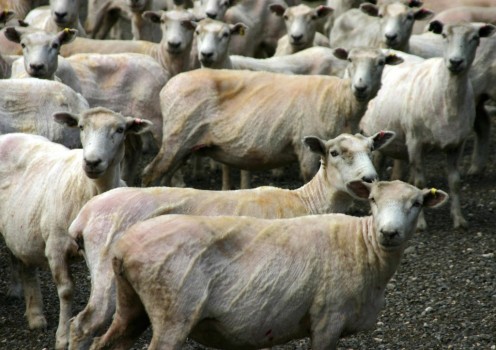
Shearing
A Painful Practice
Sheep are generally shorn in early spring in order to maximize the amount of high-quality wool that can be taken from them. Without their warm coats, the sheep are left vulnerable to cold weather, which has not entirely passed when shearing occurs. The month following shearing is a time of high mortality for sheep, since the weather can be quite changeable in early spring.
Delaying shearing until the weather is warm is not without consequence to the sheep. Those sheep that are shorn in the summer tend to get sunburned, since their bare skin is exposed.
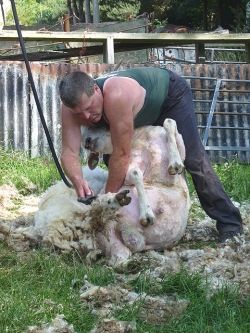
Piecework
The industry standard in hiring people to shear sheep is to pay them by the "piece" or by volume, rather than by the hour. This means that speed is the primary motivation for the workers, since the faster they shear the more they get paid.
This system, which provides no incentive to treat the sheep with care, encourages the shearers to handle the sheep roughly, pinning them down to remove their wool as quickly as possible.
Sheep are routinely cut and otherwise injured during this process.
Products Made Without Wool

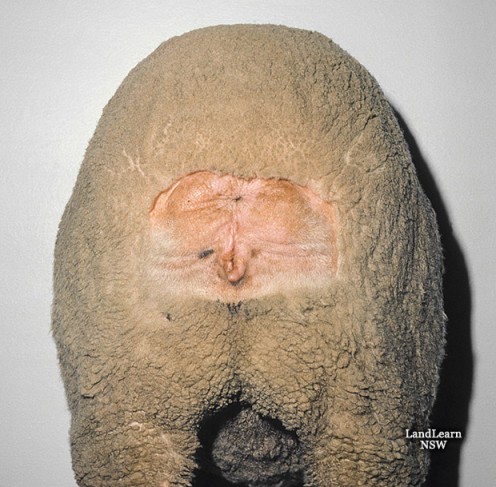
Mulesing
One particularly grizzly practice is committed against approximately 80% of merino sheep and 45% of other breeds in Australia, which supplies nearly one-third of the world's wool.
Mulesing is a procedure in which strips of skin are cut off the hindquarters of four-week-old lambs. This is done without anesthetic and obviously results in acute pain for the lambs. In fact, a good number of animals die following mulesing every year.
The purpose of mulesing is to prevent flies from burrowing into unnaturally large folds of skin on the sheep. The extra folds in the skin have been selectively bred into the sheep to increase wool production. Flies can get into these folds and then lay eggs; when the resulting maggots hatch, they eat the sheep alive, which is extremely painful for the sheep and unprofitable for the wool farmers.
Slaughter
The Connection Between Wool and Meat
As with dairy cows whose milk production diminishes or hens who stop laying enough eggs, once the quality or quantity of wool produced by sheep declines, they are sent to the slaughterhouse.
As with all other animals being sent for slaughter, sheep are transported violently and without food or water. They are killed in barbaric conditions, their bodies used for cheaper meat products and other purposes. In this way, wool production is, in the end, a direct part of the meat industry.
Two of the categories of wool are shorn, which means that wool is taken annually from the sheep, and pulled, which is removed at the time of slaughter. Because most sheep raised in the United States are raised specifically for meat rather than wool, most wool produced in the United States is pulled wool. In this country, then, wool is truly a by-product of the meat industry.
While sheep are the most commonly animal used, other animals are also exploited for the production of wool. Cashmere is produced by goats and angora by rabbits; wool from alpacas is becoming popular these days.
Follow Vegan Journey on Pinterest and Facebook!
- Vegan Journey on Pinterest
Stop in for information and inspiration! Pins for lots of recipes, vegan living information, and tips and tricks. - Vegan Journey on Facebook
"Like" the Vegan Journey Facebook for occasional posts of recipes and information about vegan living. - Vegan Journey
Here are links to my numerous articles about vegan living. I've divided them into several categories: Getting Started, Family and Community, and Recipes. I've also included links to other websites.
Other Products Derived from the Bodies of Sheep
In addition to wool, there are other products that come from the coat of exploited sheep. Among these are lanolin and Vitamin D3 - also called Cholecalciferol. (Vitamin D2, ergocalciferol, is NOT animal-derived.) There are many products made using the sheep's bodies, as you can see by clicking on the link below.
Alternatives to Wool
Alternatives to wool are readily available, whether you are buying clothing or yarn. These include acrylic, cotton, hemp, orlon, ramie, rayon, synthetic fleece, and synthetic shearling. The fact that there are so many good alternatives (some better than others for particular uses) means that there is no need to continue purchasing wool and supporting an industry that exploits and harms animals.

